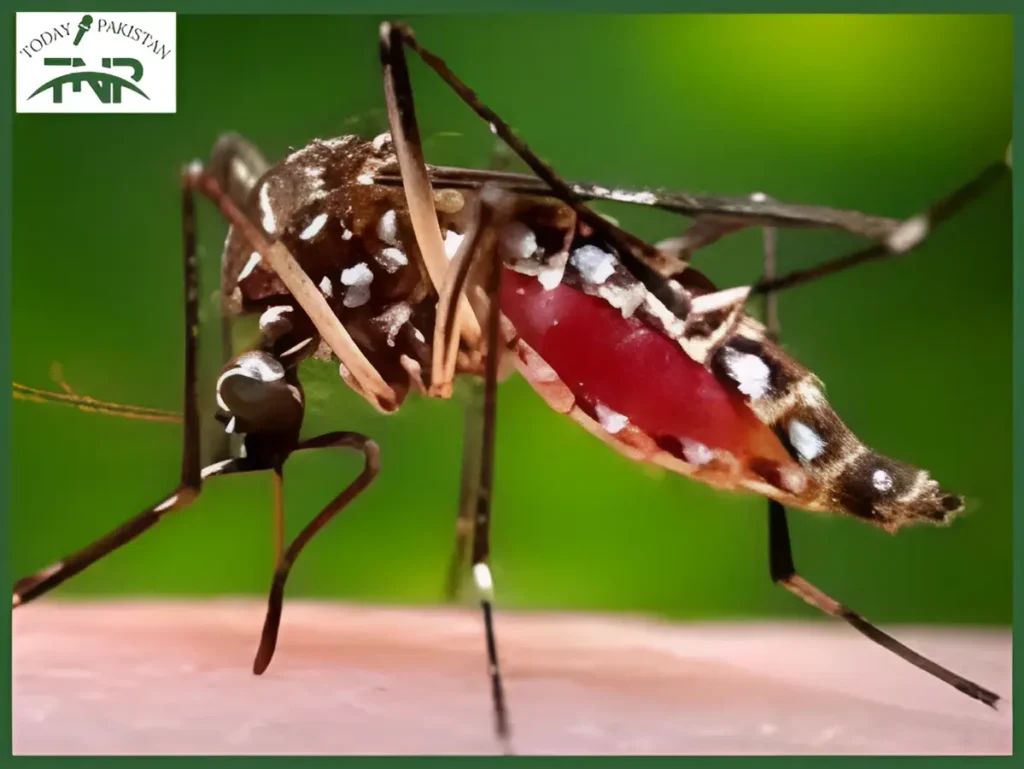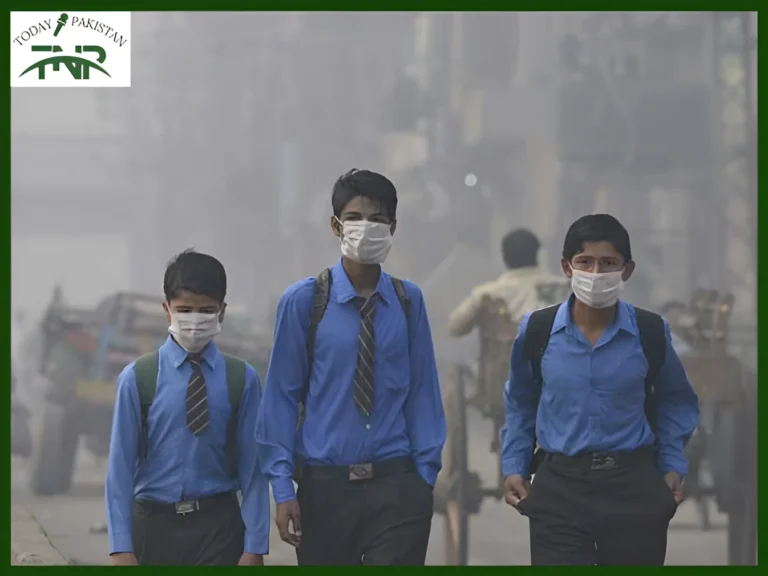
With the growing worries over mosquito-borne ailments, the National Institute of Health (NIH) has lately issued an important advisory on Chikungunya viral infection. This advisory comes amid growing outbreaks and highlights the significance of understanding, preventing, and coping with this doubtlessly debilitating disorder.
Understanding Chikungunya and Its Risks
Chikungunya is a viral infection because of the Chikungunya Virus (CHKV), transmitted by Aedes mosquitoes, which includes Aedes aegypti and Aedes albopictus. These mosquitoes are maximally active at some point of the day and often breed in stagnant water close to human habitation, making the proximity of breeding sites to living areas a great risk factor. The advisory underscores that this ailment shares some scientific symptoms with dengue fever, which complicates diagnosis and management, specially in areas where both diseases are prevalent.
The Current Situation and Advisory Importance
Following recent outbreaks in Karachi and different areas, Chikungunya has ended up endemic in many parts of the country, similar to dengue fever. The NIH’s advisory is timely, addressing the hyperactive mosquito season and historical seasonal trends of Chikungunya, emphasizing the need for heightened preventive measures.
The advisory pursuits to alert health care authorities and the public about the disease’s potential spread and the need for vigilant surveillance and active movement. Key recommendations include:
- Preventive Measures: Implementing strategies to control mosquito breeding sites around homes and public areas. This involves regular cleaning of containers that can hold water and using mosquito repellents and nets.
- Vigilance for Suspected Cases: Health care providers are encouraged to be on the lookout for symptoms of Chikungunya, especially in areas where the disease is known to occur. Early detection and diagnosis are crucial for managing the illness effectively.
- Interrupting Transmission: Efforts to control the mosquito population and reduce transmission include community-based programs and public health campaigns to raise awareness about the disease and prevention strategies.
Read More Blogs:-
Tobacco Harm Reduction in Pakistan: Strategy to Stop Smoking
KP Reports 34,000+ Cases of Gastro and Diarrhea in One Week
Symptoms and Diagnosis
Symptoms of Chikungunya typically appear 4 to eight days after publicity, even though the incubation period can range from to 12 days. The virus can cause a number of signs and symptoms, inclusive of high fever, excessive joint pain, rash, and muscle pain. Unlike dengue, Chikungunya is hardly ever deadly and does not typically involve giant hemorrhagic manifestations. However, the joint ache may be excessive and debilitating, now and again lasting for months or even years.
Due to its symptom overlap with dengue fever, accurate analysis is important. Laboratory checks can verify the presence of the Chikungunya Virus, which helps differentiate it from different similar illnesses.
Global Context and Local Impact
Chikungunya is frequent in tropical and subtropical areas of the world, which includes Africa, South Asia, and Southeast Asia. The sickness’s spread is frequently exacerbated by environmental factors and seasonal variations, particularly throughout and after the rainy season while mosquito breeding is at its peak.
Conclusion
The NIH’s advisory on Chikungunya serves as a vital reminder of the importance of proactive measures in controlling mosquito-borne diseases. By following the recommended preventive movements, staying informed about signs and symptoms, and making sure timely medical intervention, groups can better manage and reduce the impact of Chikungunya.
Understanding and addressing the dangers associated with Chikungunya is not most effective in curbing its spread however additionally in mitigating the soreness and fitness troubles it poses to affected individuals. As the advisory highlights, concerted efforts and awareness are key to preventing this challenging viral infection.
Get Curated Post Updates!
Sign up for my newsletter to see new photos, tips, and blog posts.






